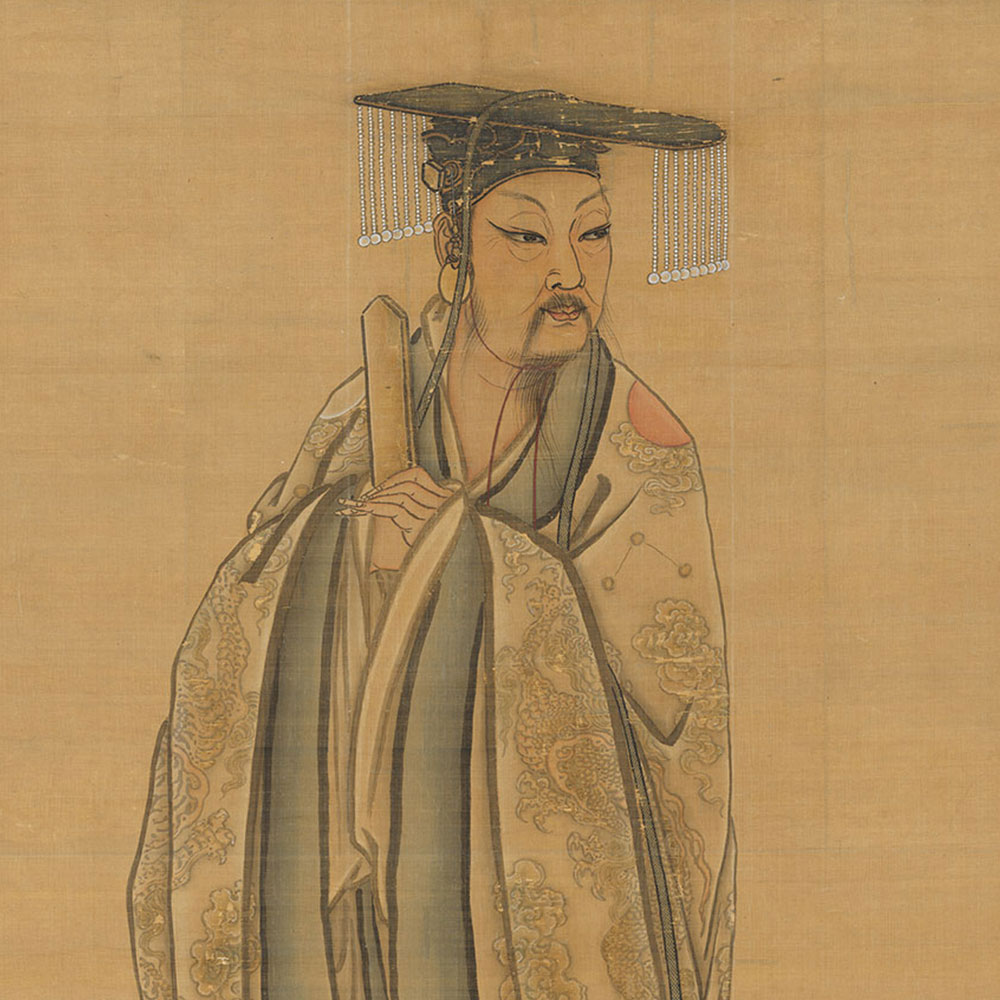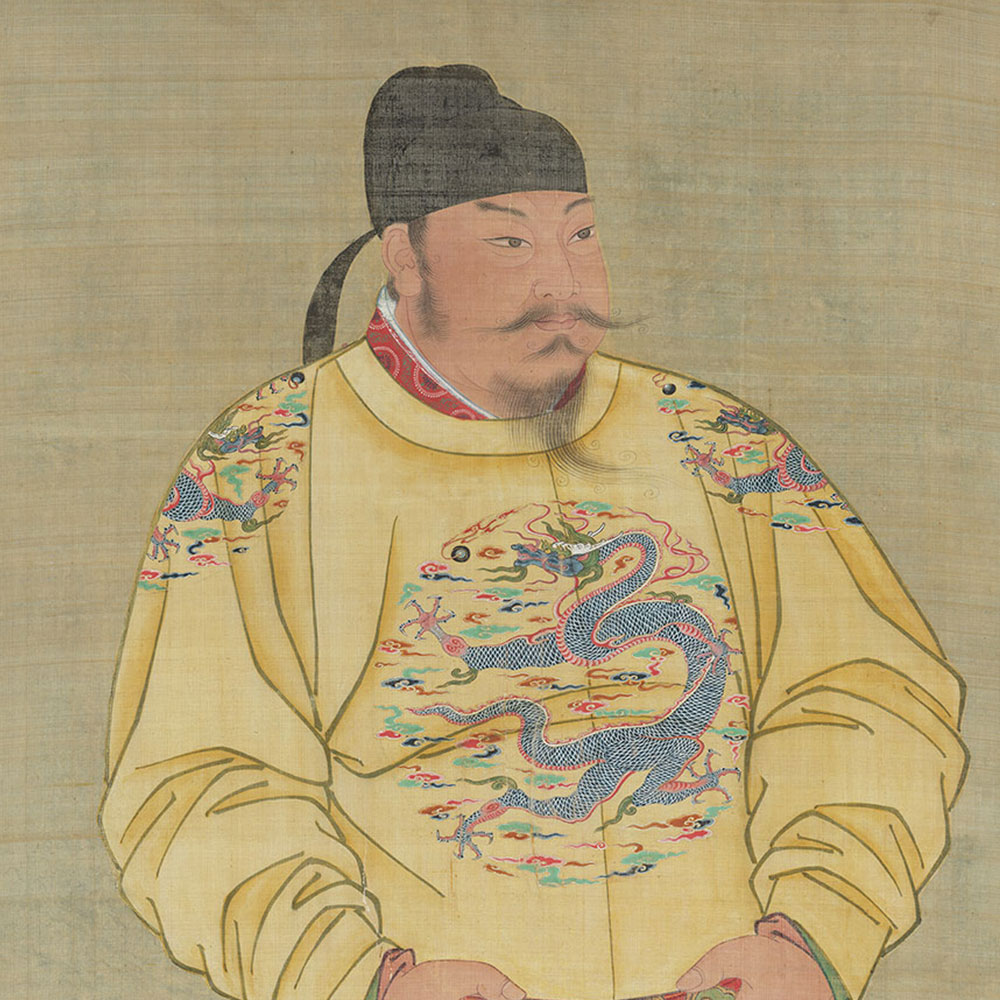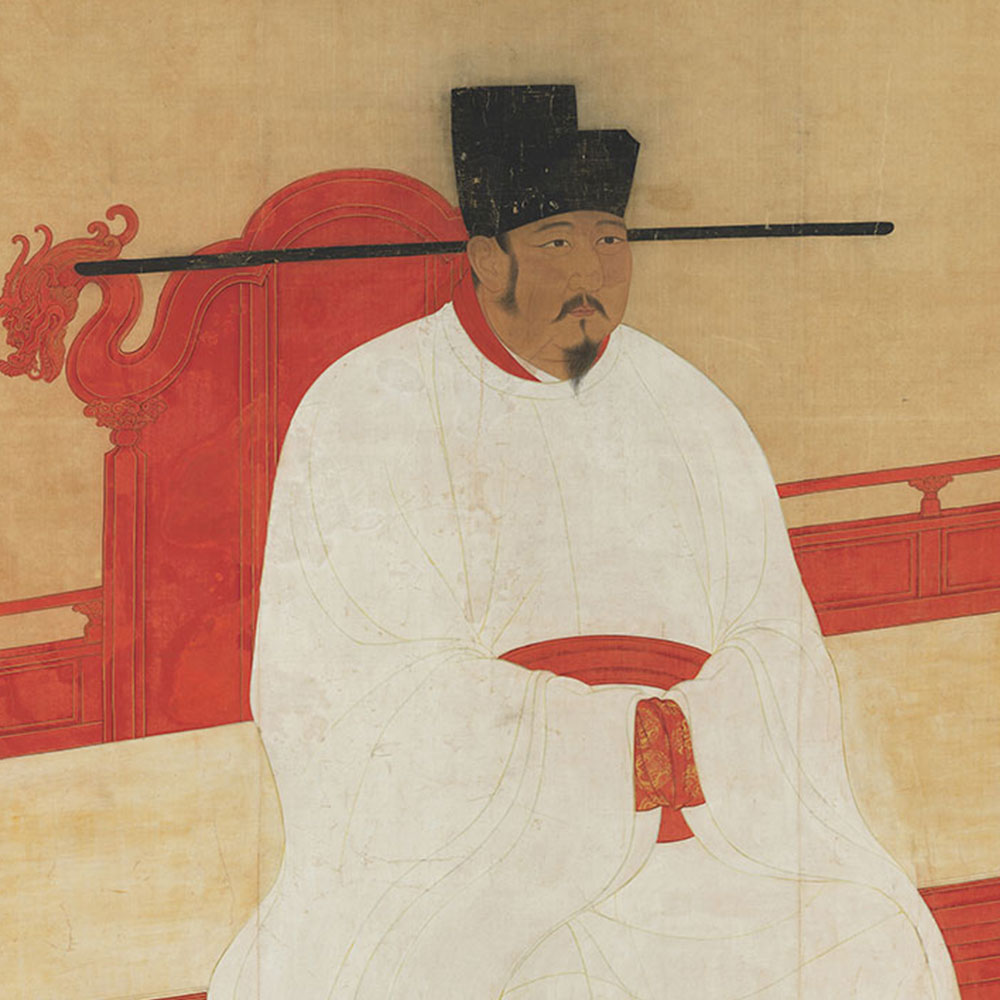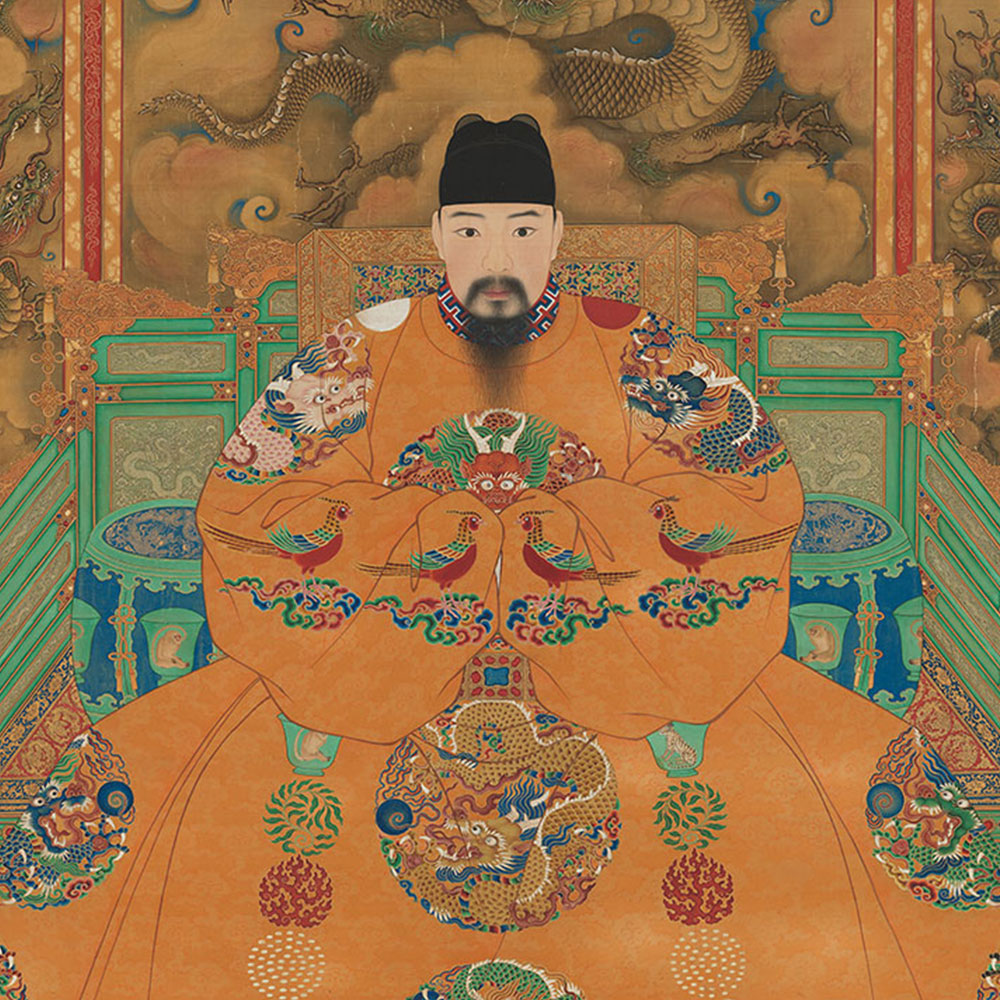Finding the "Facets of Authority" in Imperial Portraits
Despite the unsurpassed power of emperors and empresses in Chinese history, determining exactly what they looked like is sometimes difficult. Nonetheless, these imperial portraits, both standing and seated, are almost always formal and solemn appearance, seeming to have a sense of calm demeanor and resolute power--solemn pose is one "facet of authority" in these imperial portraits.
The clothing and accessories of emperors and empresses over the ages differ considerably, the robes for ceremonial and daily use also varying somewhat. However, these distinctive kinds of clothing are a most direct expression of their status--exclusive apparel is likewise a "facet of authority" in the portraits.
Those with great authority often have vast consumer resources at their disposal. In these portraits, all kinds of expensive goods were used as a means of adornment--consummate luxury is another "facet of authority."
The application of signs with symbolic importance can also highlight the authority of the person. Such symbols of rank and status on imperial clothing as the sun, moon, stars, and dragon originally conveyed expectations for and praise of a user's moral standing. Later, however, they became signs symbolizing supreme authority--symbolic signs became one more "facet of authority."
Consummate colors delicately painted on pieces of finely woven silk demonstrate the effort put into producing these imperial portraits. It indicates that no expense was spared in materials and manpower in the pursuit of perfection—so-phisticated materials and workmanship are the final "facet of authority" on display here.
- Standing Portrait of King Yu of the Xia
- Ma Lin (ca. 1180-after 1256), Song dynasty
- Verified and declared by the Ministry of Culture in April 2011 as a National Treasure
The legendary ruler King Yu of the Xia dynasty is shown here wearing a "nine-tasseled crown" and robes adorned with symbols for the "sun," "moon," and "three stars" traditionally reserved for the ruler. The robes extend all the way to the ground to make the solemn form of King Yu holding a scepter appear even more elongated.
This portrait from the imagination done by the Song court artist Ma Lin is an image made to illustrate Emperor Lizong's (1205-1264) "Encomium on Thirteen Sages and Rulers of the Orthodox Lineage." It manifests the ideal of integrating orthodox lineage and political authority at the time.
- Standing Portrait of Emperor Taizong of the Tang
This painting nearly three meters tall shows the proud standing image of the Tang dynasty emperor Taizong (598-649). The enormous figure creates an imposing presence and power that is not easily overlooked. The dragons in the decorative circles on Taizong's robes, however, have flaring nostrils on the snout in a manner that closely resembles those found later in the Ming dynasty (1368-1644). Judging from this and a similarity in terms of the large size of portraits for emperors and meritorious officials, Taizong's portrait here may have once belonged to a series of paintings done in the Ming dynasty to commemorate rulers and officials through the ages that was once displayed for veneration.
- Seated Portrait of Emperor Yingzong of the Song
The Song dynasty emperor Yingzong (1032-1067) is shown seated here on a wide red-lacquered imperial daybed. He wears yellow robes of daily repose that appear quite plain at first glance. However, the red robes shown underneath at the cuffs reveal a delicate pattern of dragon circles finely woven with strands of gold. His black shoes are also intricately adorned with many dots. Thus, although reserved at first sight, an air of luxury gradually exudes from within.
Emperor Yingzong was on the throne for only four years before he passed away. This portrait was probably done by a court painter sometime between when he assumed the throne in 1063 and his son and heir, Emperor Shenzong, ordered his image to be installed at the Jingling Palace in 1069 to receive sacrificial offerings.
- Seated Portrait of Emperor Xiaozong of the Ming
- Verified and declared by the Ministry of Culture in June 2019 as a Significant Antiquity
The Ming dynasty emperor Xiaozong (1470-1505, reign name Hongzhi) is shown frontally as if in audience at court. He wears formal dragon robes with twelve insignia and appears almost overwhelmed by the plethora of riotous dragon patterns that clearly symbolize his imperial status.
This portrait of exceptional quality accurately portrays the complex decoration. The confident brushwork of the dragon-and-cloud decor on the screen also reflects the extraordinary standards of production found in Ming dynasty court painting during the late fifteenth to early sixteenth century.







